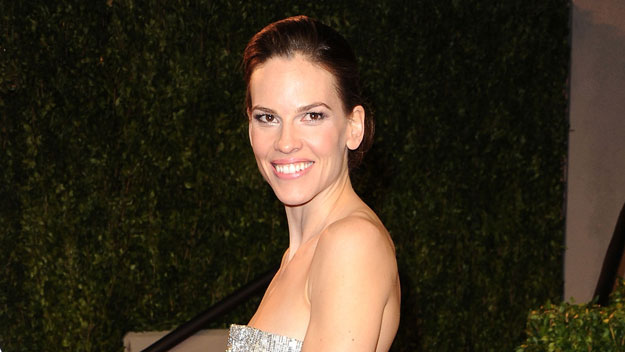While the federal budget and the low and middle-income tax offset, are the big topics of conversation right now, it won’t be long until the nation’s new Child Care Package kicks into play and there are some BIG changes parents need to know about.
One in three families are not signed up to receive the new Child Care Subsidy. There are less than three weeks to go until the cutoff, make sure you have filled out all the necessary online forms to receive the subsidy.
The current child care assistance payments will be replaced by a single scheme, the Child Care Subsidy in place from the 2nd July 2018.
The wins for families
Families earning under $185,710 can say goodbye to the $7,613 childcare rebate cap, which will be a huge relief to the many families who hit the cap before the end of the financial year and end up paying the gap themselves.
Families earning between $185,710 and $350,000 can take advantage of a new increased cap of $10,000, meaning your rebate will also last longer throughout the year.
The basic requirements of the Child Care Subsidy
Your child’s age must be 13 or under and not attending secondary school
Your child must meet the immunisation requirements
You and your partner must meet the residency requirements
There are three main factors that will determine how much families will receive from the Child Care Subsidy.
What type of child care service does your family use?
There currently three categories of child care service being used to determine a family’s level of child care subsidy. These are: centre based day care, family day care, outside school care.
Centre Based Day Care maximum hourly rate cap: $11.77^
Family Day Care maximum hourly rate cap: $10.90^
Outside School Hours Care (before, after, and vacation care) maximum hourly rate cap: $10.29^
If your centre or carer charges more than the above, you’ll have to pay the difference.
What’s your combined family income?
Here’s how your combined family income will impact the subsidy you receive:
Under $65,710 = 85% subsidy
Between $65,710 & $170,710 = scaling back to 50%
Between $170,710 & $250,000 = 50% subsidy
Between $250,000 & $340,000 = scaling back to 20%
Between $340,000 & $350,000 = 20% subsidy
The activity test (or, how much do you and/or your partner work?)
Under the new regulations, in two parent families both parents must meet the activity test requirements.
8 hours to 16 hours of activity per fortnight = 36 hours is the maximum number of hours of subsidy per child
More than 16 hours to 48 hours per fortnight = 72 hours is the maximum number of hours of subsidy per child
More than 48 hours per fortnight = 100 hours is the maximum number of hours of subsidy per child
What’s an activity?
There are a vast range of activities which are considered to meet the requirements including:
paid work, including leave
training courses for the purpose of improving the individual’s work skills or employment prospects
an approved course of education or study
volunteering
actively looking for work
paid parental leave, including maternity leave
Exemptions
The new Child Care Safety Net means families on $66,958 or less a year who do not meet the activity test will be able to access 24 hours of subsided care per child per fortnight without having to meet the activity test.
How to prepare for the changes
There are a lot of concerns around the launch of the new Child Care Subsidy, but there are also some wins. We recommend getting prepared by using the Child Care Subsidy Estimator to find out exactly how the changes will impact your family and then look at creating a new budget.
For more information head to Department of Education Website.

